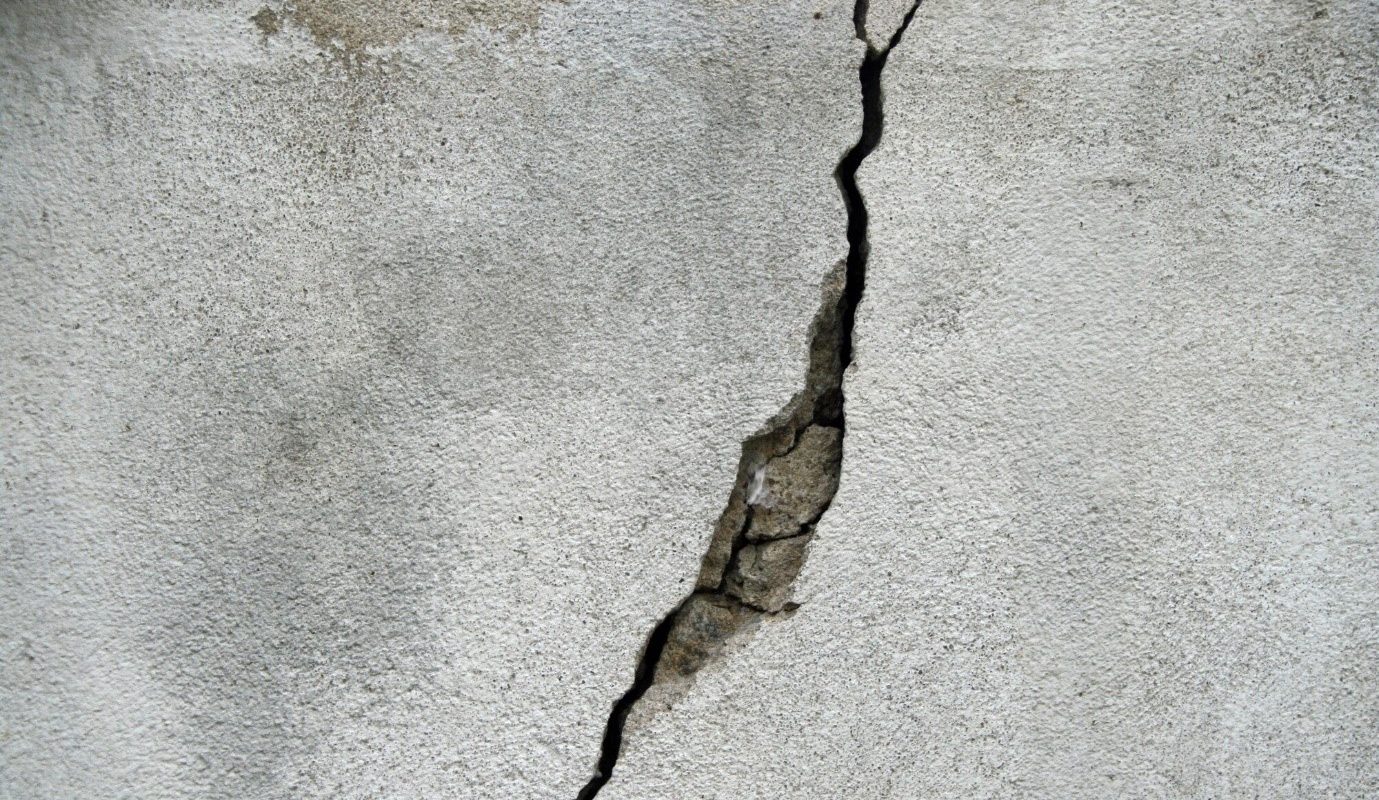Have you noticed cracks forming in your concrete surfaces? Are you wondering what’s going on with your concrete and how to fix it?
Concrete is a sturdy building material, but it isn’t impervious. Different types of concrete cracks can form if the material isn’t made right if it’s exposed to certain types of stress, or if it isn’t maintained well.
Concrete needs your attention, then. If you don’t repair cracked concrete, it can cause bigger problems down the line.
If you want to learn more about these cracks and how to fix them, stay with us. We’ll show you different types of cracks in concrete and how to deal with them.
Shrinkage Cracks
These tiny, hairline cracks occur as concrete cures and dries. When water evaporates from the concrete, it naturally shrinks a bit, and these fine cracks are the result. They’re generally not a structural concern and are quite common on driveways.
So if you want to prevent shrinkage cracks on your driveway for example, consider controlling the rate of evaporation during curing and think about using concrete driveway sealing as a protective measure.
Structural Cracks
Unlike the tiny surface cracks we just discussed, structural concrete cracks are the real deal. They go deep into the concrete and can be wider. These cracks mean business and are often a cause for concern.
What causes them?
It could be a result of excessive loading, settlement of the soil beneath the concrete, or even shoddy construction practices. These cracks are a big red flag because they weaken the concrete’s integrity.
You should act pronto if you spot them. Repairing structural cracks might involve injecting epoxy or polyurethane to stabilize and reinforce the concrete. After that, sealing becomes essential to keep water out.
Cracks from Overloading
These cracks form when a concrete surface can’t handle the weight or pressure it’s subjected to. Think driveways or parking lots that endure the constant weight of vehicles. Overloading can lead to cracks that weaken the concrete over time.
To avoid these cracks, make sure your concrete is designed to handle the expected load. It might also be a good idea to reinforce it with steel mesh or rebar for added strength.
Heaving Cracks
These occur when soil expands due to freezing and thawing cycles. In places with cold winters, moisture in the soil can freeze, putting pressure on the concrete. This causes the concrete to heave and crack, which can be quite noticeable and even pose a tripping hazard.
To avoid heaving cracks, it’s essential to prep the subgrade properly during construction and ensure proper drainage. Regular maintenance, like filling cracks with suitable sealants, can help cut the damage caused by heaving cracks.
A Comprehensive Guide to Understanding Types of Cracks in Concrete
All in all, understanding the different types of cracks in concrete is essential for any homeowner, contractor, or engineer. By identifying and properly addressing the type of crack, one can prevent further damage and save time and money in the long run.
So next time you come across a crack, don’t panic, refer to this guide and make an informed decision on how to fix it. Stay informed and stay proactive!
Did you enjoy this article? Then check out our blog for more quality content!



